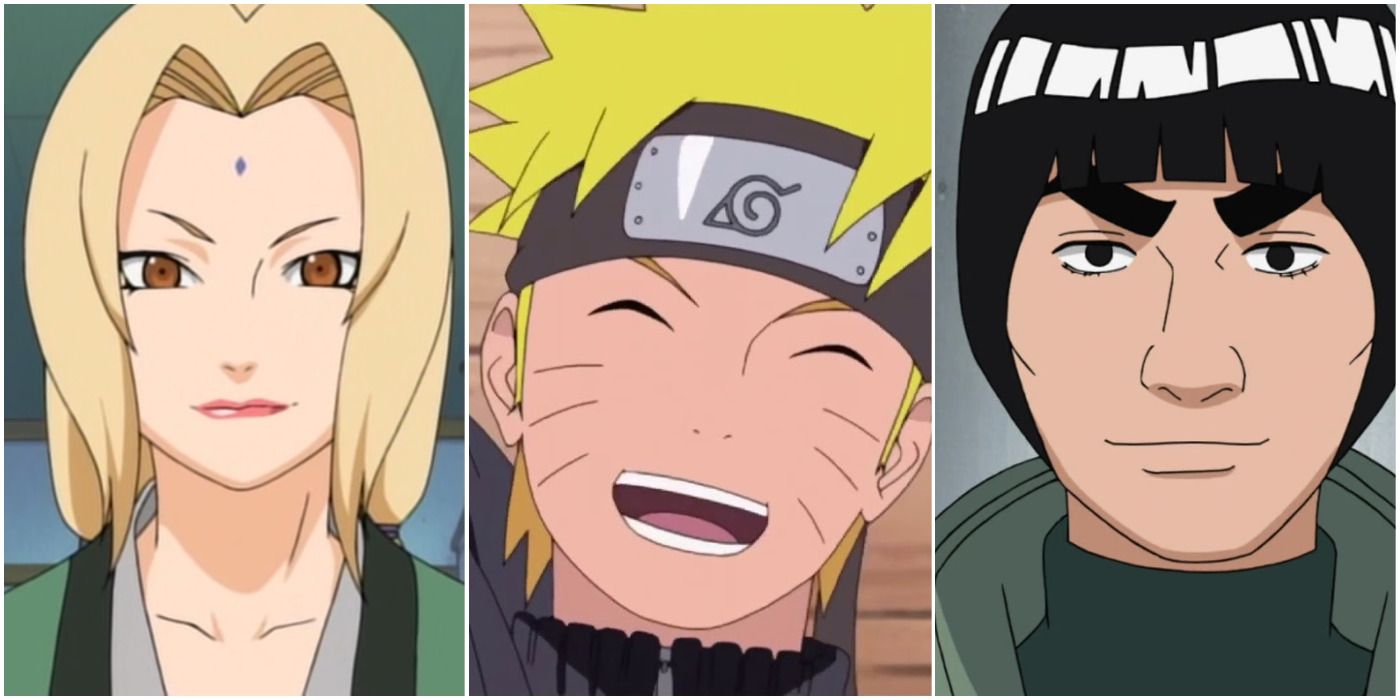
The Naruto series is built upon many vital elements that combine to make this story what it is, and while author Masashi Kishimoto wasn't afraid to mix things up with tragic deaths or major revelations such as the existence of the Otsutsuki Clan, Naruto largely remained true to its core elements. That makes for a stable series.
These core elements of Naruto involve vital life lessons, classic shonen storytelling methods, certain aspects to the rich worldbuilding, quirks of the series' exciting combat system, and more. Many of them are fairly broad and abstract, but that makes them easier to convey in countless creative ways throughout the story. What are they?
10 The Persistence Of Hope
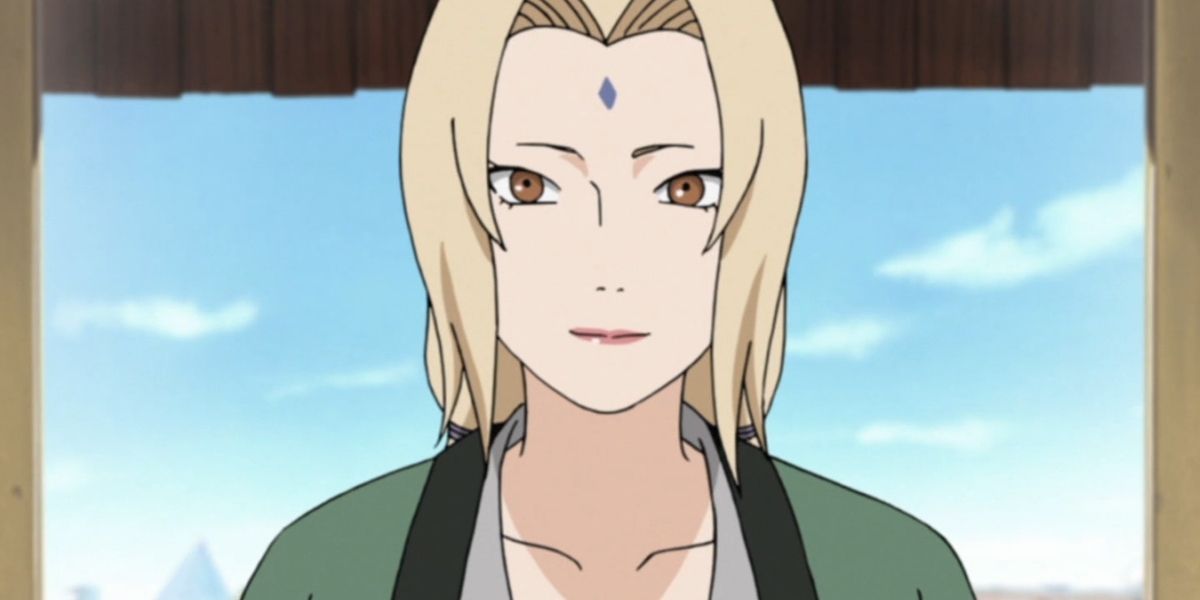
Having hope is an uplifting theme for a story of any genre, and Naruto has been all about hope since the start in more than one way. Naruto Uzumaki has hope that he can change the world for the better, and he inherited this noble goal from his fallen mentor, lord Jiraiya. And that's just the start.
Naruto's element of hope is seen on a personal level too, such as when lady Tsunade was inspired to recover her hope for the Hidden Leaf Village and become the Fifth Hokage, despite her bitterness and grief about the past. Not just anyone could inspire her to have hope again.
9 The Theme Of International Politics
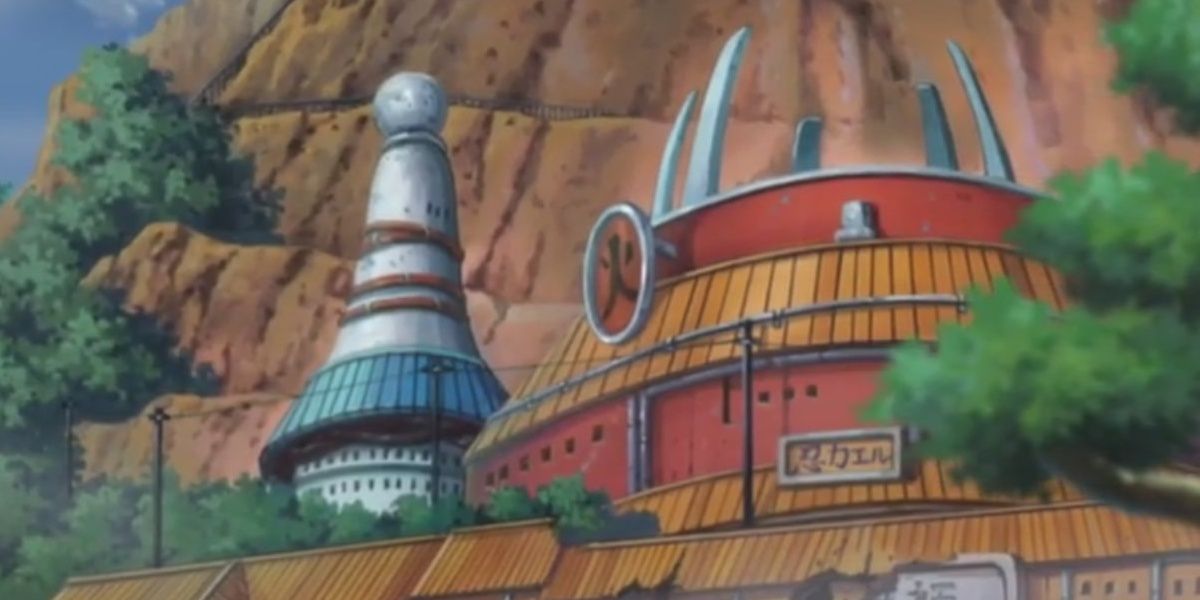
Although Naruto isn't a highly political series, it did make an effort to include an element of politics in a few ways. Naruto Uzumaki soon learned that the world is made up of many nations that don't always get along, and crossing international borders can lead to trouble.
Many ninja missions involve spying on or sabotaging rival nations, and later in the series, the five Kage gathered in the neutral Land of Iron to commence a summit and figure out how to deal with the Akatsuki organization. Now that's some shonen politics.
8 Hard Work Can Beat Natural Talent
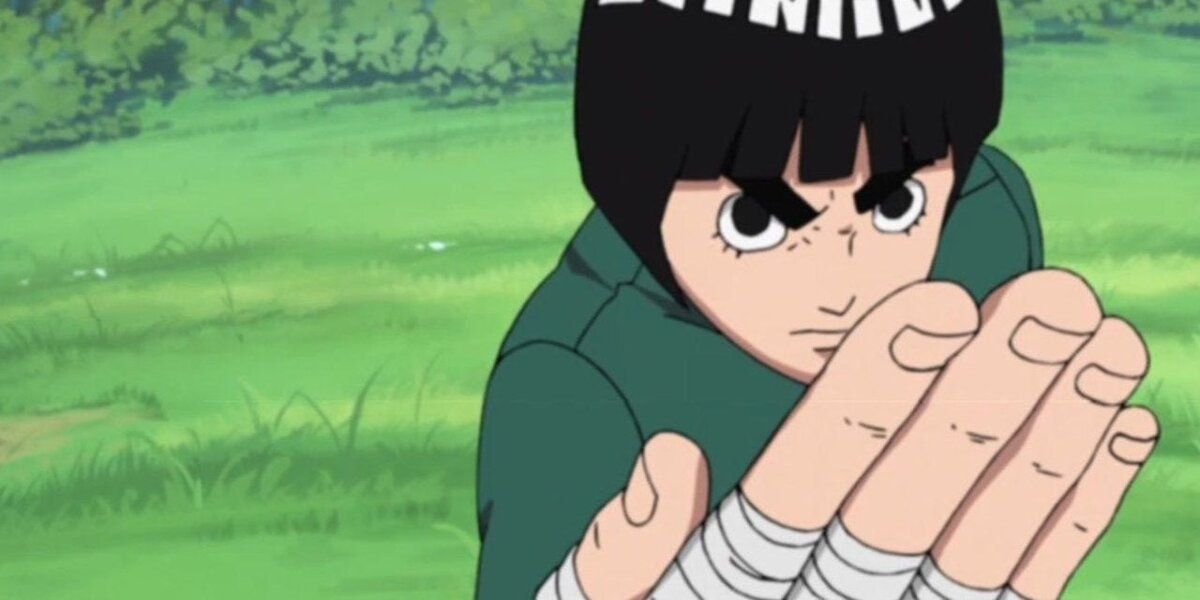
This is one of the most persistent elements of the Naruto series, especially before Naruto Shippuden started. Many ninja such as the taijutsu master Rock Lee or Naruto himself felt left out, since they initially had no fancy jutsu and certainly not a kekkei genkai.
Meanwhile, highly talented ninja such as Neji Hyuga and Gaara of the Sand had incredible gifts, so Naruto and Lee trained hard to bridge that gap. Later, the reunited Team 7 used sheer hard work and guts to defeat the godlike Kaguya Otsutsuki, who is nothing but talent. True, they all had received power-ups by then, but the odds were still stacked against them.
7 Taijutsu Is Always A Great Backup Option
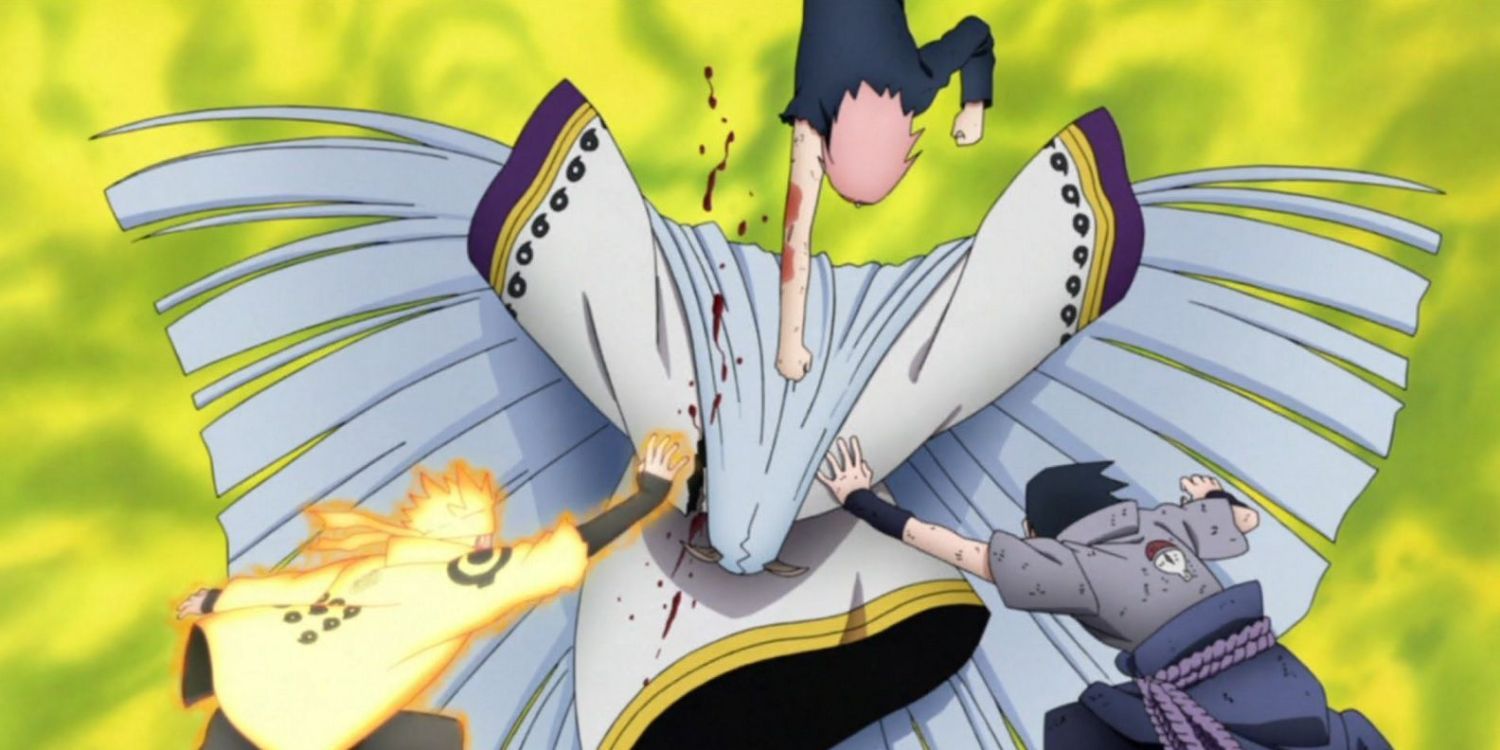
On a somewhat similar note, the Naruto series always had an element of "if talk won't work, fists will," and this element to the story has persisted right to the end. Early on, Naruto used a simple headbutt to take out Gaara during their first fight, and that gave Naruto a chance to finally talk things out with him.
In later sequences of the story, taijutsu continued to act as a dependable backup option if all else failed, such as when Team 7 used simple taijutsu against Kaguya Otsutsuki. Fists will never go out of style.
6 Belief In Oneself Is Vital
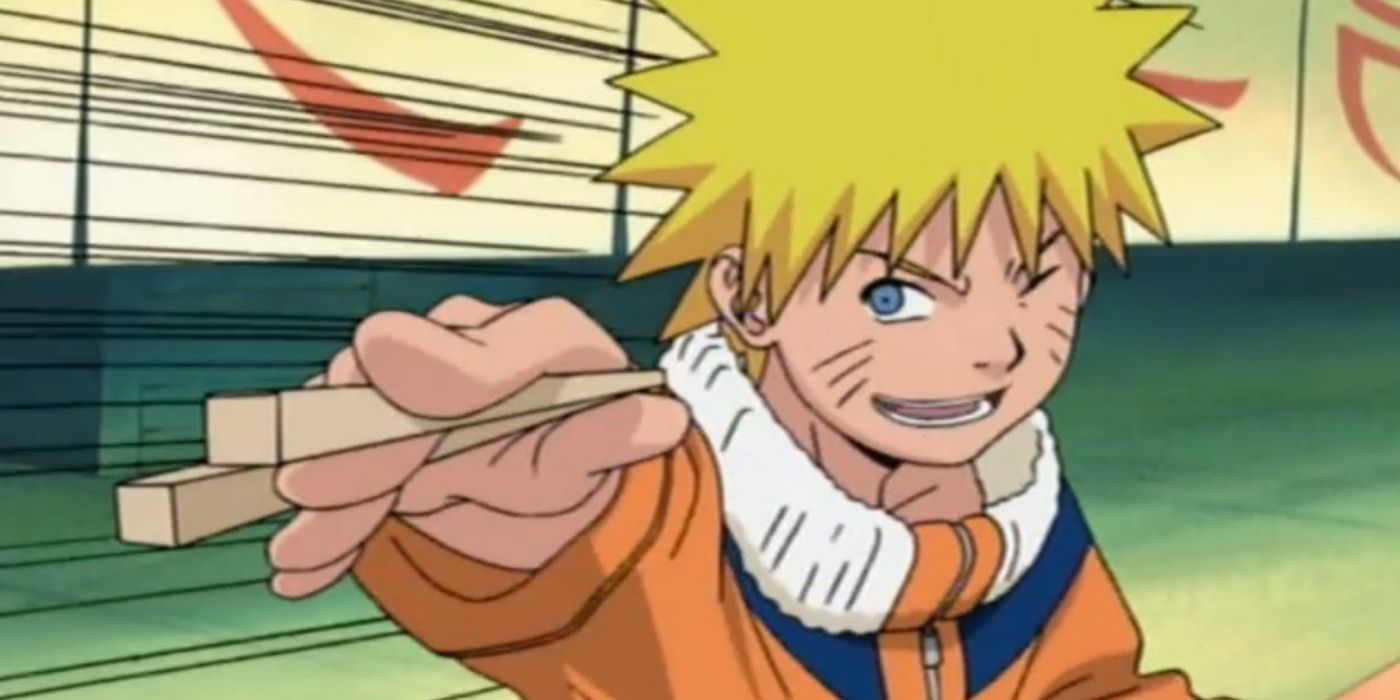
This is one of the most universal themes in not just Naruto, but all of shonen anime, and it is loosely related to the element of the persistence of hope. Despite the many hardships he faced as a lonely jinchuriki, Naruto never gave up hope in the future, and he had faith in himself to the point of conceit.
Fortunately, Naruto's brand of faith in himself was more about hard work and persistence, rather than vain arrogance, and other characters such as Hinata Hyuga and Inari were inspired by his example. This self-confidence helped Naruto master some truly difficult and risky techniques during training.
5 The Power Of Friendship Shouldn't Be Underestimated
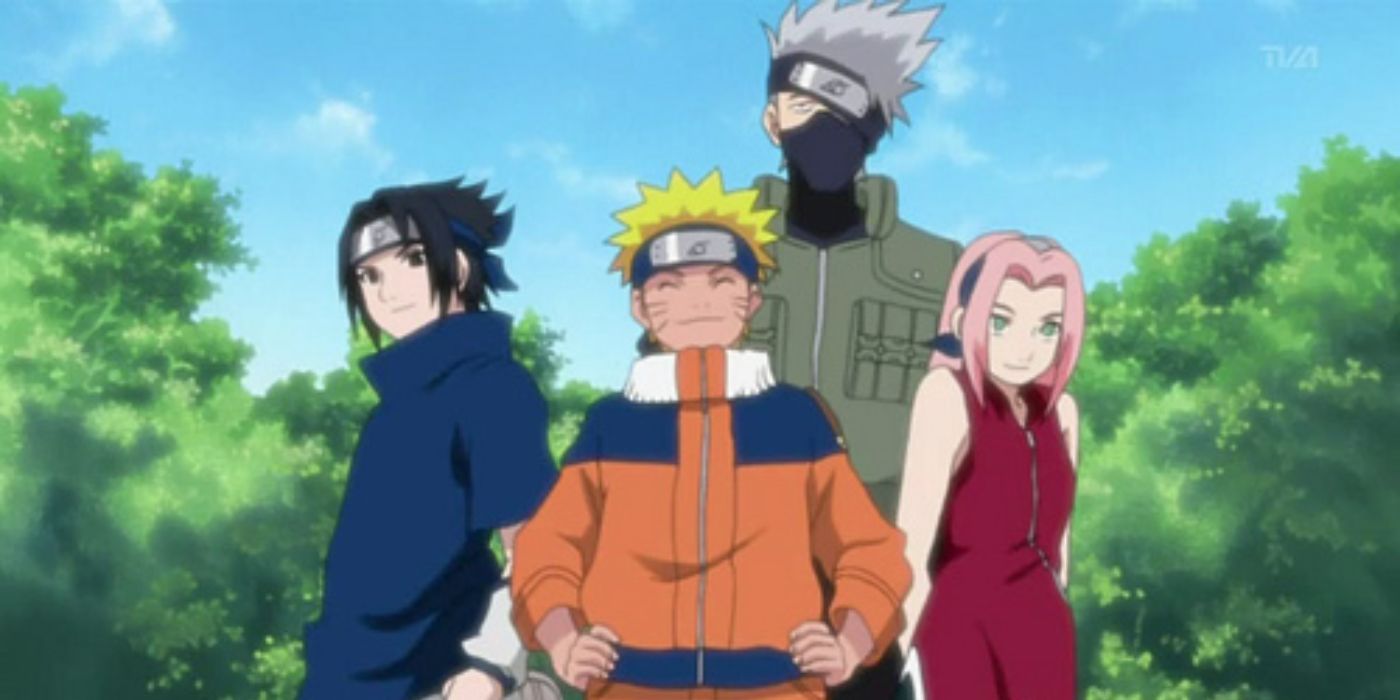
Some shonen series are notorious for this, such as Hiro Mashima's Fairy Tail, but the Naruto series shows some restraint and balances the power of friendship with other elements to explain how the protagonists become so powerful. Fighting for friends and teammates is always worth it.
From the very beginning, characters such as Naruto Uzumaki, Sakura Haruno, and even Kiba Inuzuka fought hard for the people who meant the most to them, and this is what made it so tragic when Sasuke left the village near the end of part I. He acted as though those bonds were meaningless, which they weren't. He later learned otherwise.
4 Family Means Everything
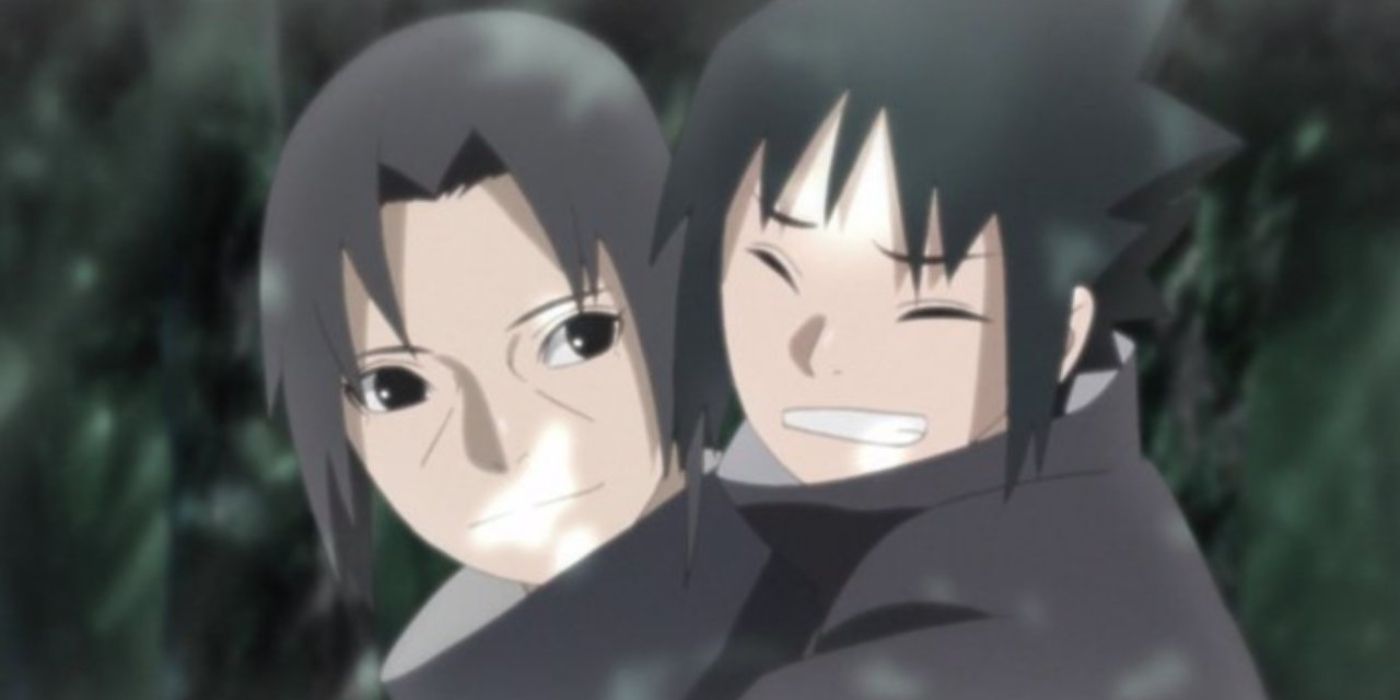
Not only is the power of friendship a huge motivator, but so is the power of family. At first, many of the families in Naruto seemed dysfunctional or even cruel, such as how Itachi Uchiha slaughtered his family and beat Sasuke half to death when they reunited. And then there's the drama surrounding the Hyuga Clan.
In the end, though, family matters, and every character learned that sooner or later. Itachi and Sasuke ended up figuring things out, while Hinata and her cousin Neji mended ties. Naruto, meanwhile, met his father, the Fourth Hokage, inside himself. Later, he also met his mother, Kushina. They have the utmost faith in their son.
3 The Dead Are Never Truly Gone

This is yet another vital life lesson that the Naruto series taught viewers, and this element to the story is heartwarming to the audience and characters alike. Naruto's parents died on the day of his birth, but they were still with him in spirit, and Naruto longed to make them proud one way or another.
Similarly, Jiraiya the toad sage tragically died when he fought the Six Paths of Pain, but his memory persisted, and Naruto always had him in mind when he was fighting to save the world. Neji Hyuga, meanwhile, was memorialized in the name of his nephew, Boruto.
2 The Element Of Humor & Gags Never Got Old
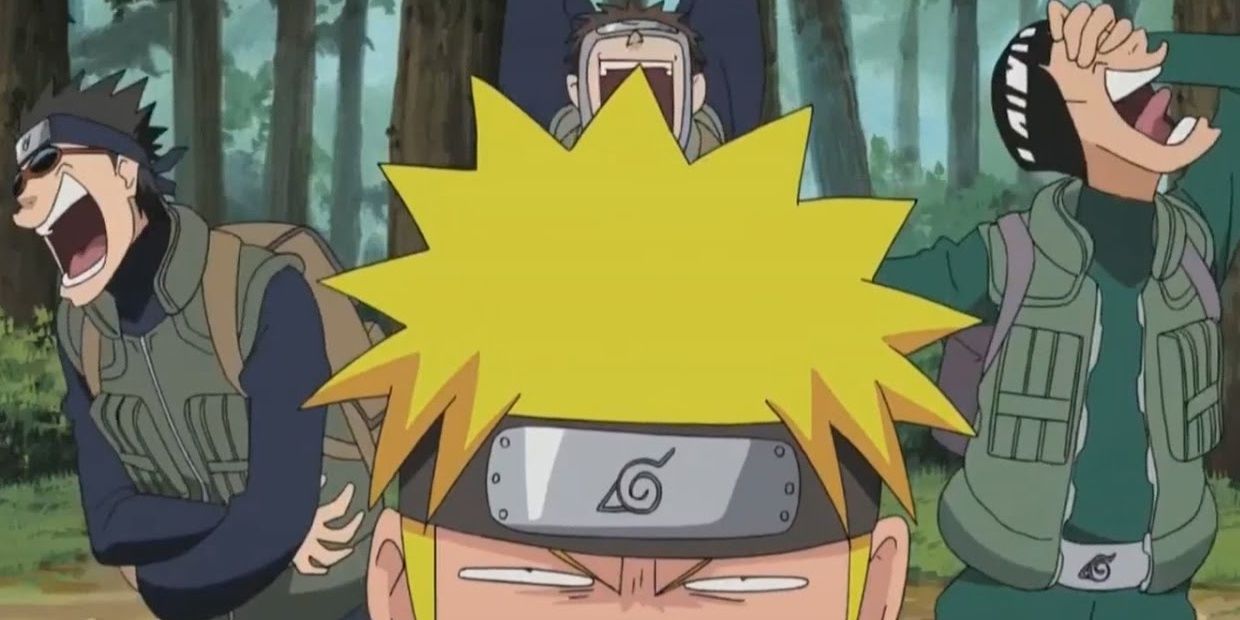
Shonen series such as Naruto are bound to have all kinds of jokes and gags, even later in the series when the stakes are high and everyone is powerful and intimidating. This helps keep the series grounded, and a good series is one that doesn't take itself too seriously.
Early humor was centered around Naruto's pranks, such as the sexy jutsu, as well as Naruto's and Sasuke's petty competitions early on. Later in the series, Naruto even used a reverse-harem jutsu to shock Kaguya and land a blow on her. Sakura could hardly believe her eyes.
1 Unconventional Thinking Wins The Day
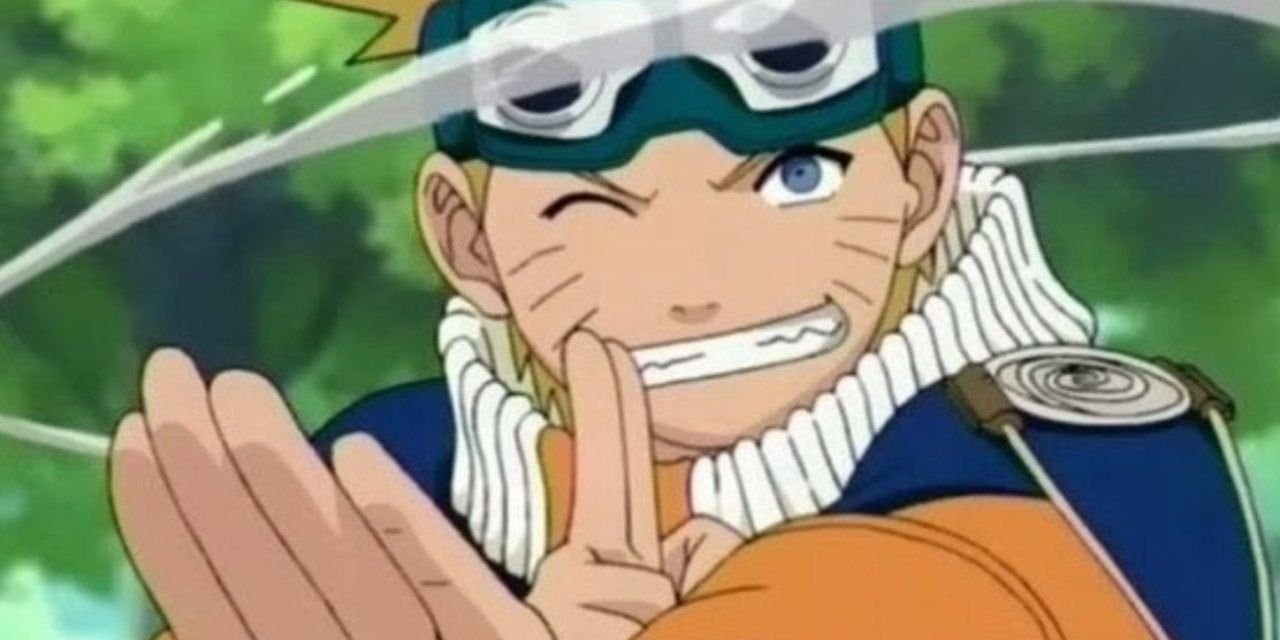
At later points in the series, the battles were increasingly about strength vs strength, such as during the climactic battles of the Fourth Great Shinobi War. Still, these fights aren't just power-level contests, as the characters are witty ninja who aim to outthink the opposition.
Early on, this involved transformation jutsu, ninja tools, and even secret passwords. Later, Naruto and his allies got even more resourceful, such as when Gaara used gold dust to defeat his Mizukage opponent. If the characters can keep the viewers guessing, the fight is sure to be a compelling one.
0 Comments